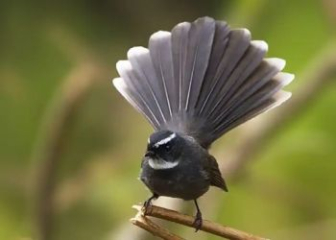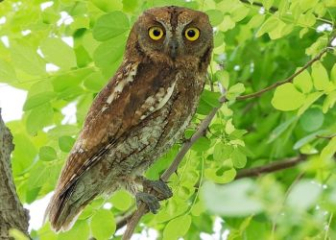Brown Starling - Guide to experience raising the best singing brown starling
Blog | by
The brown starling (Acridotheres tristis) is a rustic-looking bird with a friendly, intelligent temperament and the ability to imitate human speech.
The brown starling (scientific name Acridotheres tristis) is one of the most popular and beloved pet birds in Vietnam. Because they not only have a simple appearance with a characteristic dark brown color, friendly and easy to tame temperament, but also have the ability to imitate human speech very interestingly.
To learn more about the brown starling from its origin, appearance, habits to techniques for raising beautiful, singing starlings, don't miss the content shared by nicebirds in the article below!
Brown starling information:
|
Scientific name |
Acridotheres tristis |
|
Common name |
Brown Flute |
|
Set |
Passeriformes - Sparrows |
|
Surname |
Sturnidae - Starlings |
|
Source |
Asia |
|
Size |
Length: 23 - 25 cm Weight: 100 - 140g |
|
Diet |
Gobble |
|
Behavior |
Smart, gentle |
|
Lifespan |
7 - 10 years |
Origin of brown starling
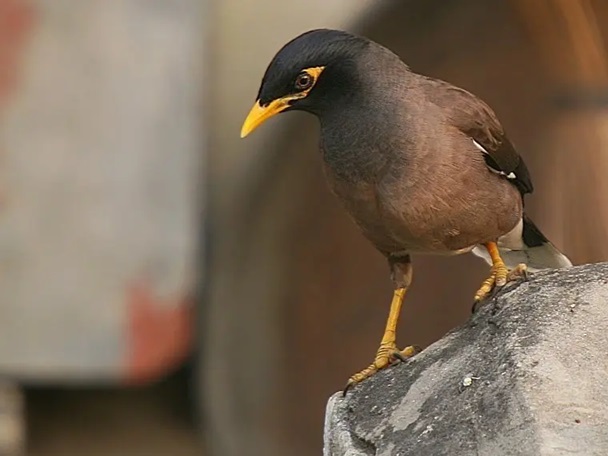
The brown starling is a common bird in Vietnam.
The brown starling (scientific name Acridotheres tristis), a species of starling (Sturnidae) originating from Asia, more specifically South Asia such as India, Sri Lanka and some areas in Myanmar, Bangladesh.
By the 19th and 20th centuries, the brown starling had spread to other areas through natural or human introduction. Some areas where the presence of this bird species was recorded are as follows:
- Vietnam, Thailand, Laos, Cambodia.
- China
- Indonesia
- Malaysia, Singapore
Brown starlings often live in plains, rural areas, and suburban areas, where there are many trees, fields, and abundant food sources.
The Brown Waxbill is not a native bird of Vietnam, but was introduced a long time ago through the pet bird trade. This bird is now very popular in the Southern and Central regions because it is easy to raise, intelligent and has the ability to learn to speak very well.
The name “Acridotheres tristis” is interpreted as follows:
- Acridotheres: Derived from the Greek “akris, akrodos” meaning “grasshopper”, “theres” meaning “hunter”
- “Tritis” in modern Latin means “dark-colored”
⟹ Meaning “Dark Grasshopper Hunter”, referring to the brown starling's fur color and preference for eating grasshoppers.
Brown Starling Appearance
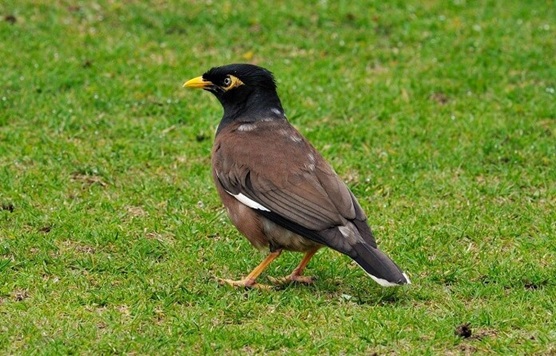
The brown starling has beautiful dark brown feathers.
To help you easily visualize the appearance and how to distinguish brown starlings from other types of starlings in the family, we have compiled some outstanding features about their shape, size and color. Let's find out here!
Size & shape :
- Length: 23 - 25 cm
- Weight : 100 - 140g
- Appearance : Medium, slightly stocky, short tail, slow, slightly swaying gait.
Characteristic color :
- The whole body is dark brown or black brown.
- The head is glossy black.
- Wings with pale or grey feather edges
- The tail usually has a small white stripe at the edge of the tail.
- The beak is yellow, pale orange, long, slightly curved.
- Legs are bright yellow, long and strong.
- Eyes are dark brown or black.
Brown starling behavior
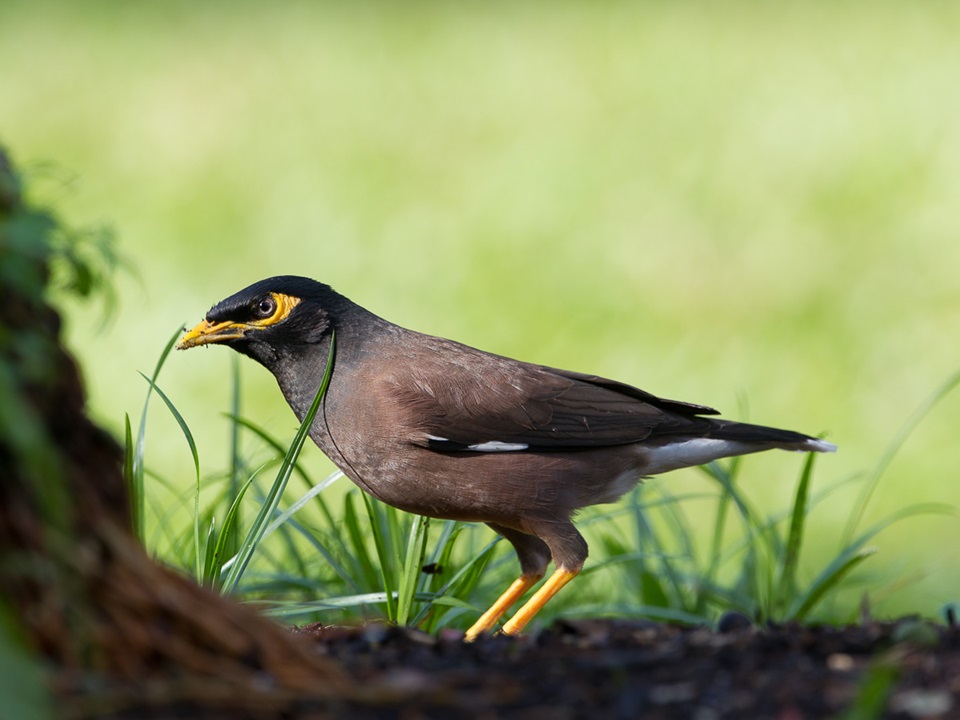
The brown starling is very intelligent and tame.
The brown starling is considered one of the friendliest, most intelligent and most active birds. Let's learn more about the characteristics and behaviors of this bird to see if it is as expected!
Smart and friendly
The brown starling has a very good memory and the ability to imitate sounds well, and can speak human language if taught properly from a young age.
Besides, this bird is also very friendly and tame, they like to perch on the hand or shoulder of the owner, and like to be cared for and looked after.
Curious, love to explore
The brown starling is also a very curious bird. It likes to look around and explore everything around it, sensitive to strange sounds and movements.
Variety of songs
Although the brown starling does not have a melodious song like many other beautiful singing birds, its song has many tones such as chirping, croaking and even imitating the sound of telephones, car horns, bells, etc.
The brown starling is an omnivorous species.
The brown starling is an omnivorous bird, they are not picky about food, can eat from insects, grains to fruits,... But they still like to eat grasshoppers or locusts the most.
Like to live in a pack
Starlings love to live in flocks or small groups. They do everything together like flying in the air, foraging and even sleeping together.
Highly alert, territorial
Brown starlings are very alert and pay attention to their surroundings, so when they detect any strange or dangerous movements, they will immediately emit a very loud warning cry to alert their fellow species.
In addition, brown starlings are also highly territorial, they often compete for nests with other birds, especially during the breeding season.
Reproductive behavior
Starlings have the habit of pairing to reproduce. They often nest in tree holes, roofs or even occupy the nests of some other bird species.
Each clutch, the female bird lays 3-5 eggs, then she will incubate the eggs for about 12-14 days. After the eggs hatch, both the father and mother birds together raise and protect the chicks until they can fly.
Techniques for raising beautiful, well-singing brown starlings
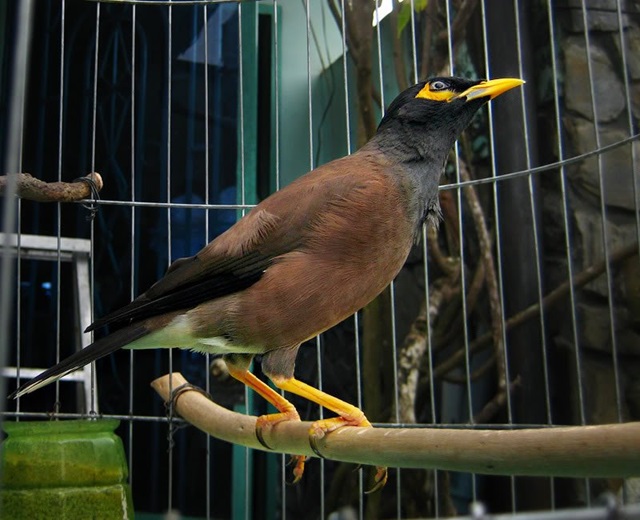
A brown starling is being raised in a cage.
If you want to try your hand at this bird, please refer to the detailed technique of raising beautiful, singing brown starlings that we share below. We guarantee that whether you are a beginner or a long-time bird player, you will be successful!
Choose brown starling to raise
This is a very important step that determines whether your brown starling will adapt quickly, be healthy and develop well or not. Some criteria for choosing an easy-to-raise bird are as follows:
-
Age : Choose young birds from 2 - 3 weeks old for easy taming.
-
Appearance : Choose birds with bright, alert eyes, even feathers, undamaged legs,...
Prepare cage and living environment
Next, after choosing a brown starling to raise, you need to prepare a cage and a suitable living environment to help the bird adapt quickly, develop well, and sing well.
A suitable cage should meet the following criteria:
- Size : Square or round cage, minimum size from 50 x 50 x 50 cm, thick cage bars.
- Cage material : Should choose a sturdy wooden or bamboo cage.
- Cage decoration : Needs a litter tray at the bottom, separate food and water trays, and a perch for the bird.
- Cage location : Need to be placed in a cool place, avoid harsh sunlight, strong winds, rain, avoid noise, smoke, dust,...
Suitable diet for brown starlings
To help the brown starling have beautiful feathers and sing well, diet is a key factor. You can feed them some of the following foods:
- Mixed feed specifically for starlings: Provides vitamins, protein, and nutrients.
- Live insects: Grasshoppers, crickets, worms,... provide protein, helping birds sing more loudly.
- Ripe, sweet fruits: Mango, papaya, banana,... provide vitamins, helping birds have smoother feathers.
The following foods should be avoided for starlings:
- Salty, sweet, spicy food
- Onion, garlic, chocolate,...
Training the brown starling to sing well and speak well
An important factor that helps starlings sing and speak better is that you need to spend time training them. Specifically as follows:
Practice speaking for the brown starling :
- Baby birds under 2 months: You should train them to say simple words like hello, bye or their name.
- Adult bird stage: Repeat short words every day, training time is usually 10 - 15 minutes, there should be a reward after the starling successfully repeats to encourage their spirit.
- You can use speakers: Or your phone to play back the sound.
Stimulating brown crocodile :
- Place the brown starling cage near birds that sing well to stimulate singing naturally.
- Feed the brown starling foods that help it sing well, such as worms, crickets, and grasshoppers.
- Let the bird bask in the early morning sun.
Hygiene care and disease prevention for brown starlings
To help the brown starling stay healthy, have good resistance, sing well, and have smooth feathers, you need to pay attention to caring for and preventing diseases for them. Specifically, you need to note the following points:
- Clean the bird cage regularly, about 1 - 2 times per week.
- Change water and remove leftover food every day to keep the bird cage clean and reduce bacteria.
- Give the bird a regular bath, about 3 - 4 times a week, using a bathing tray or a light spray bottle.
- Add digestive enzymes and vitamin C to the bird's diet to increase resistance.
- Observe the bird's behavior every day to see if there is anything unusual and promptly take action.
Brown Starling Price List
The Brown Starling is a very popular pet bird in Vietnam, and is sold at many different prices, depending on its age, purity, appearance, and singing ability. If you want to buy one of these starlings, please refer to the following price list!
|
Brown flute |
Reference price (VND/piece) |
Characteristic |
|
Young brown starling (under 3 months old) |
200,000 - 500,000 |
The flute cannot speak yet, it is easy to tame. |
|
The brown starling has been tamed. |
500,000 - 900,000 |
The starling is tame, can imitate sounds, and starts singing. |
|
Adult Brown Starling |
1,000,000 - 4,000,000 |
Mature starling, sings well, has the ability to speak |
|
Mutant brown starling |
Over 4,000,000 |
Brown starling has mutant feather color, good singing voice, good speaking, very rare |
Note when buying brown flute :
- You should check the bird directly to confirm that it is healthy, alert, and has no defects...
- Only buy birds with clear origin to ensure quality.
- You should buy birds from reputable stores to ensure origin, warranty policy,...
Questions and answers about brown starling
What do young brown starlings eat?
Young brown starlings can eat thin porridge, bran mixed with water, bananas, mashed papaya,... However, because young starlings do not know how to peck at food, you need to feed them by hand.
Where do brown starlings usually nest?
Brown starlings like to nest in hidden, safe places such as tree holes, bushes, roofs, power pole holes,...
What fruit does the brown starling like to eat?
Brown starlings like to eat sweet, soft, juicy, ripe fruits such as papaya, banana, watermelon,...
How long do brown starlings live?
In nature, brown starlings usually live from 7 to 10 years, if well raised they can live up to 12 to 15 years.
How long does it take for a Brown Starling to learn to sing?
Usually, brown starlings start making small sounds at 2 months old, and can start singing at 3-4 months.
Beautiful brown starling pictures
Below is a collection of the most beautiful and realistic pictures of the starling. Let's take a look to see how beautiful this starling is.

A starling is walking with majestic style.
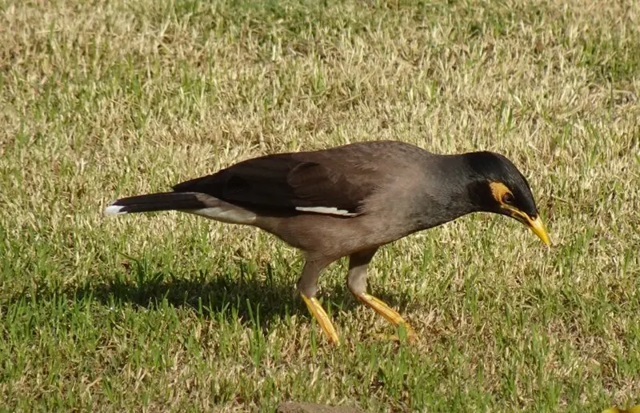
Image of a brown starling foraging on the ground.
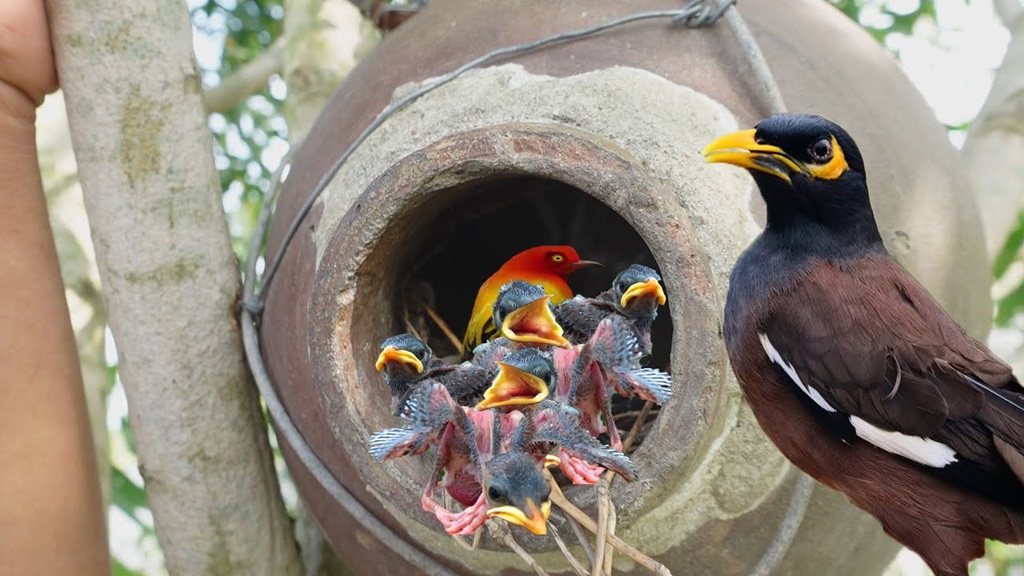
Mother brown starling and her chicks.

Image of a brown starling perched on a high tree branch.
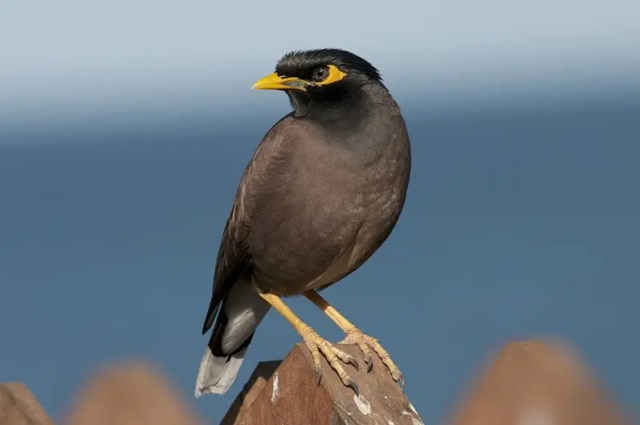
The image of a brown starling perched on a rock is extremely beautiful.
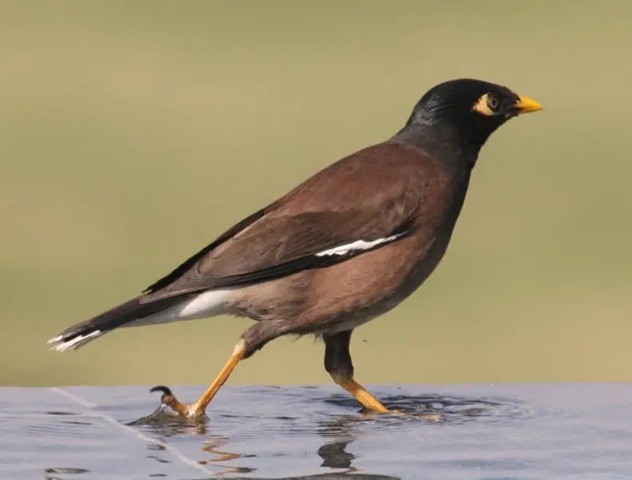
A brown starling is wading in the water.

Brown and black starling pictures.
Thus, through the information that nicebirds.net shares above, it can be seen that the brown starling is not only a beautiful bird but also has many interesting habits and behaviors. With its special singing voice and its intelligence and friendliness, the brown starling deserves to be one of the most favorite bird species in Vietnam, right?
Don't forget to visit our Blog section to learn more about the vast and rich world of birds.

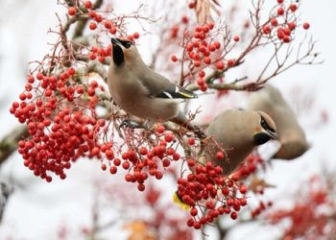

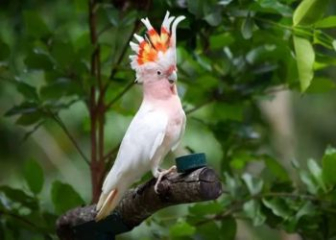
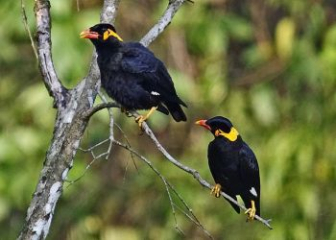
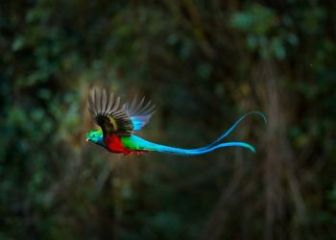





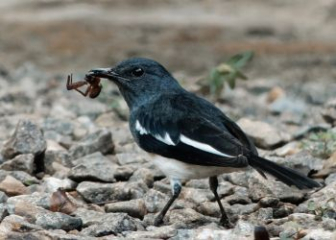
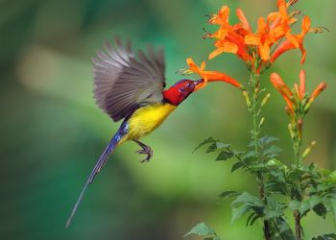


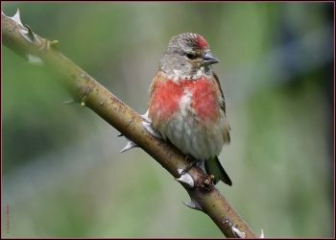
_350x250.jpg)
